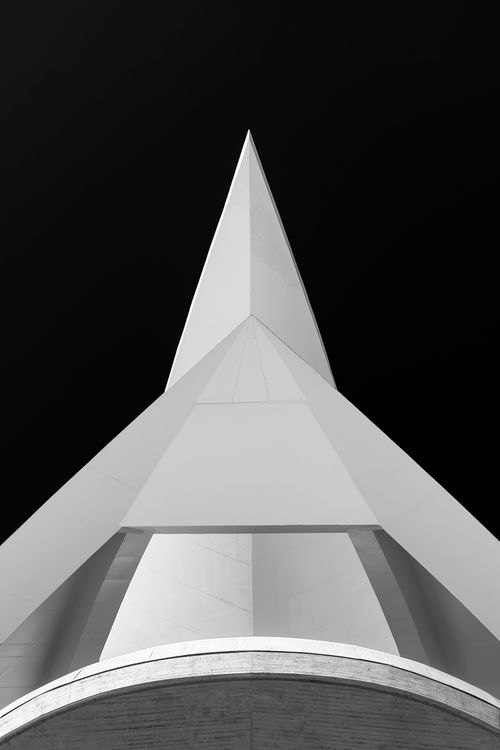Composition. It’s an inherent and integral aspect of the two-dimensional arts. Whether it’s painting, drawing, photography, printmaking, or mosaics, if it’s constrained by a frame, it’s foundation is composition.
In most art forms, composition is determined by the artist. In photography, limited to using the visible world as it’s basis, that composition must be discovered. The joy of that discovery, of finding beauty in juxtaposition within the frame, is what drives me as an artist. The realization that beauty can be found anywhere, given the right frame and composition, is a constant source of wonder. Beauty is there, waiting to be discovered.
I have spent much of my life seeing the world through a viewfinder and have always found that, regardless of subject, the end result is always most appealing when good composition is employed. Even photo-journalism, documentary and street photography, where people, their environments and their circumstances predominate, are at their best when composition is considered. Good composition exhibits control of the medium.
My images revel in composition. Light and line, shape and shadow, tone and texture, and color or the lack of it, all aligned within the frame to form a controlled organization of elements. If that organization reveals beauty, if it sings, for me it is a success.
Precisionism
When I first saw the work of Charles Sheeler, I was immediately drawn to it. His work in the years between the world wars celebrated the ascendance of the machine age, depicting and idealizing the industrial landscape. He and a small, informal group of painters and photographers sought to represent, emulate, and celebrate the exactitude required of the machine age.
Subject matter included skyline, buildings and machinery, the industrial landscape of factories and smokestacks, and the country landscape of grain elevators and barns. These motifs were used primarily to create formal arrangements and there is a certain amount of abstraction and a ‘coolness’ to their work. Deemed Precisionists, and also known as Imacculates, they made no attempt at social commentary and generally included no people or signs of human presence. Rather they reveled in the utilitarian design of the machine age, reducing their subject to graphic elements and finding beauty in composition. Subjects were portrayed with a sense of simple perfection, clean in line, plane and light, showing no sign of wear or aging. They sought to portray the objective beauty of the modern world.
Practitioners of Precisionism included painters George Ault, Charles Demuth, Georgia O’Keefe, Morton Schaumburg, and Sheeler, also know for his photography, along with photographers Margaret Bourke-White, Lewis Hine and Paul Strand (all of whom also created work outside of the precisionist genre).
Neo-Precisionism
Now, as an artist working in the digital age, the time is ripe for a new Precisionism, for Neo-Presicionism. The computer has enabled precision on a level never before attainable. Every aspect of life in the digital age is affected, from the cars we drive to the homes and offices we live and work in; from the streets we walk to the skies we fly, the clothes we wear and even the food we eat, precision is intrinsic.
So, too, is it in the art of photography. Digital capture has enabled the recording of a level of detail and a range of light unattainable with film. And digital processing affords a level of control over the presentation of the image as never before. Precision is an inherent quality of digital capture; digital processing can allow us to over-look that precision, to obscure it, or to embrace it. Neo-Precisionism embraces it.
What remains unchanged, however, is the frame. Regardless of the tool, the photographer still chooses the subject, what to include within the frame and what to exclude. The photographer still dictates composition. In this 'point-and-shoot' age of digital photography, where almost 70% of the worlds population carries a camera (smart phone) in their pocket, what differentiates a photograph from a 'snap shot', is intent. What was the photographer thinking; was he/she thinking? Composition is the hallmark of intent; the manifestation of thought.
The term ‘neo-precisionism’ refers, obviously, to ‘new’ work that echos the characteristics of precisionism. It has been used to describe the work of any number of artists and micro-movements over the past several decades and I don’t claim license to the term with any more authority than any other use. It’s simply a term that fits my work particularly well.

